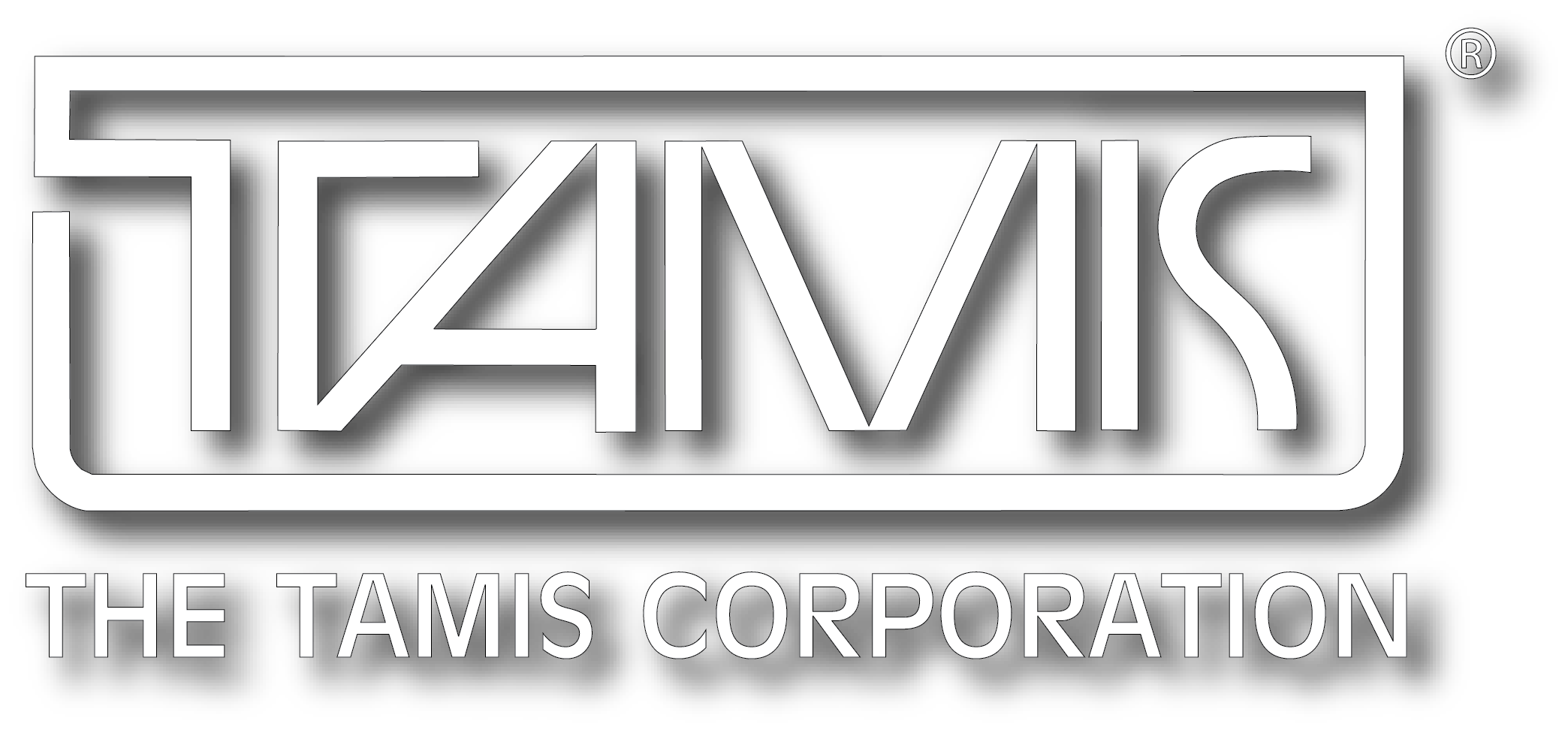A commencement ceremony is a time for people to come together to celebrate the triumphs of the graduating class, these ceremonies inevitably increase crowds around campus. Safety and security personnel understand the enhanced need to take precautionary measures for the influx of people during this time. With graduation right around the corner, here are a few things to consider that can assist in facilitating a safe and successful event.
- Prepare for increased traffic
- Control the flow of traffic: Clearly marking the direction of traffic flow, by posting certain parking lot traffic signs, prevents drivers from driving the wrong way or entering prohibited areas. Increasing staff to help direct traffic can also improve the flow.
- Control Speed: A controlled speed lessens the chances of an accident occurring. Posting speed limit signs and utilizing speed humps ensures drivers are at a reduced speed.
- Pedestrian Crosswalks: You can better secure crowds by creating a safe walkway for pedestrians. Pedestrians should use these crosswalks to avoid walking in between cars and crossing illegally, increasing the chances of injury.
- Clearly marking entrances and exits
- Make it clear and simple: Signage should be short and straightforward. Keeping your signage consistent in design with a print that is large enough to read from afar. Exit routes must be free of decorations or signs that obscure the visibility of the exit route door.
- Lights, camera, action: Ensuring your lighting is functioning properly before the event is critical. Ample lighting will help crowds identify the safest route in the event of an emergency. Surveillance cameras should be monitored for any criminal activity.
- Organize your screening checkpoint: Utilizing a single line model is proven to minimize both actual and perceived waiting times. Organizing a single line with stanchions helps guide crowds seamlessly and helps avoid bottlenecking. Everyone entering the facility should pass through a bag check.
- Temporary closures
- Create a safe space: Not only is it important to tell your crowd where to go but also where not to go. Blocking off an area with barriers will create a defined area for your visitors.
- Map it out: Distributing a detailed map for the event ensures everyone involved knows exactly what to expect.
- Seating
- Set the stage: The stage will be the center of attention. Organizing the seating arrangement is an important task, it should be planned according to the order of the processional to lessen any chaos. Adding a rope, or even a decorative plastic chain will help divide the visitors from the students and faculty in order to prevent anyone from sitting in the wrong section.
- Don’t handle the chairs: Staff should be responsible for placing and putting away the chairs in an orderly fashion. The visitors should not open and close chairs, they may accidentally place the chairs in a prohibited area, or worse get injured.
- Practice makes perfect: Getting students/faculty familiar with the seating arrangements and the program will promote the organization and minimizes room for flaws in the execution.
- Emergency plan just in case
- Knowing the layout: Staff should know where all the exits are in the event of an emergency.
- Hope for the best, expect the worst: Coordinators and security should have emergency plans for different scenarios e.g fire, weather, medical, active shooter.
- Plans available to the public: All emergency plans should be published or distributed to students/visitors before the event. Creating an FAQ resource can prepare everyone just in case.
With any large event comes a large amount of risk and responsibility. Taking the precautionary steps to ensure a fun and safe event guarantees this special day will be a memorable one.
